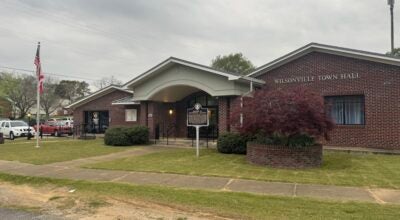U.S. 280 plans must address present, future
Published 9:35 am Tuesday, February 21, 2012
By WILLIAM SWEET / Guest Columnist
This is a response to the Feb. 1 Shelby County Reporter editorial, “County, traffic at standstill.”
Although there are many groups that support the elevated expressway on U.S. 280, those communities and neighborhoods most impacted by the project oppose the elevated expressway.
It will be a massive structure on the landscape, and, like any elevated highway, the noise level to neighborhoods will be intrusive.
The bigger issue is the cost. A $1 billion project today will be well in excess of $1 billion in the 10-plus years it traditionally takes Alabama to design a project and begin construction.
With pledges of no new taxes reveled by taxpayers, where will the money come from while we consider significant reductions to county, state and federal budgets? At some point reality must set in as we address the cost per mile of the proposal. How many miles of local and state roads in Shelby County and across the state can be improved for half the cost of this proposal?
U.S. 280 does not need more cars. It needs a solution that puts more people on the road with fewer cars. The Regional Planning Commission is studying bus rapid transit along the U.S. 280 corridor.
What are the results of that study and how may it be used to address traffic congestion?
Yes, there have been many plans to address U.S. 280.
Most, if not all, were completed by highway engineers under the direction of ALDOT applying legislative restrictions that do not allow inclusion for planning mass transit with highway planning. Perhaps now is the time to address a comprehensive transportation plan considering the short-term solutions that are affordable while creating a blueprint for a future corridor that includes fewer autos and mass transit options to accommodate more users.
All neighborhoods and communities along the entire U.S. 280 corridor would see significant benefit from the study.
In the interim, Governor Bentley can fund construction of the fly-over at the intersection of U.S. 280 and I-459. This project, having been designed for nearly 10 years, would relieve a major point of congestion.
The extra lanes on I-65 seem to significantly reduce traffic congestion for commuters along that corridor.
Add bus rapid transit and a fourth lane to U.S. 280 — a short-term solution until a longer-term solution of mass transit, preferably light rail, becomes economically feasible for the corridor.
William R. Sweet is president of the Inverness Master Homeowners Association.









